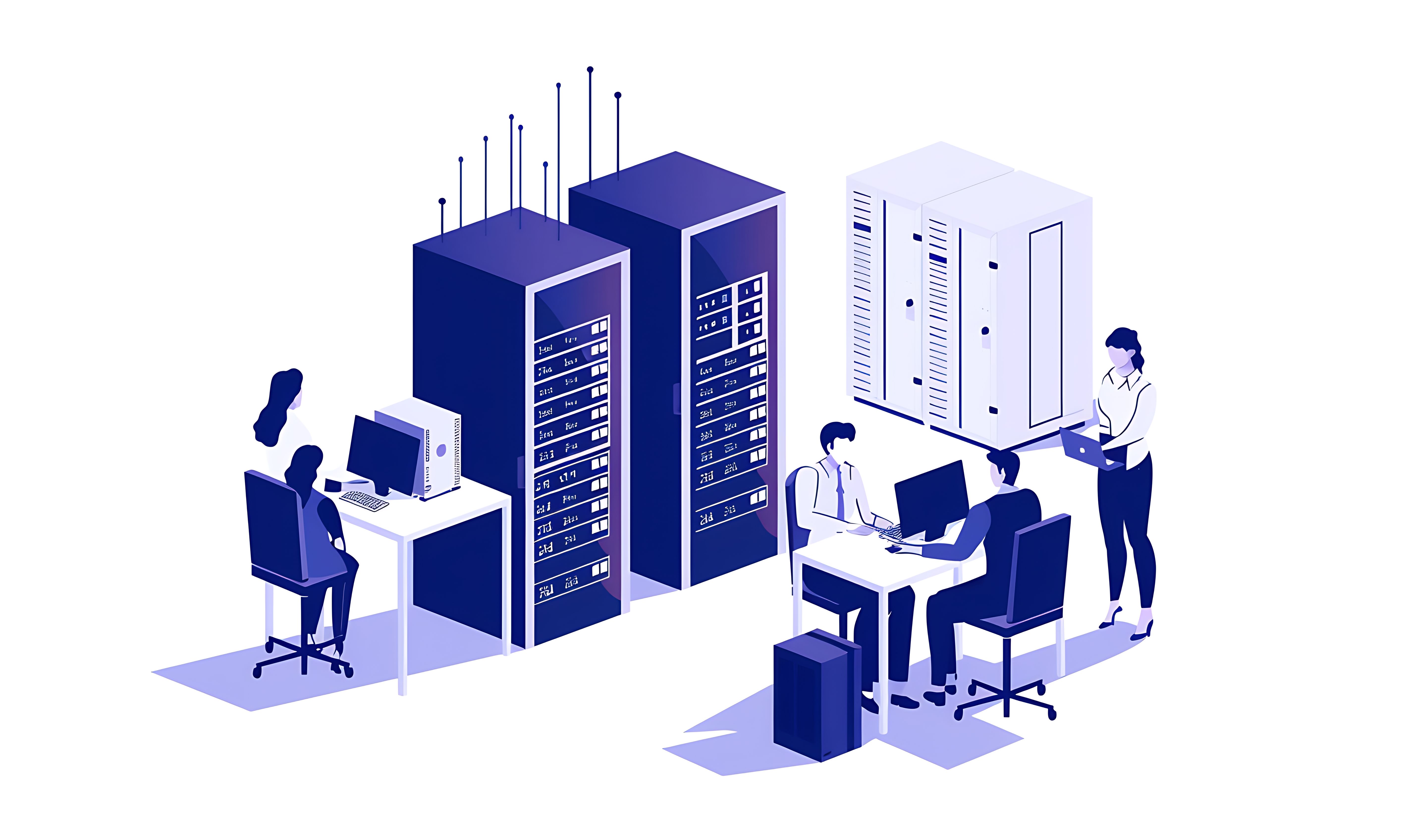In today’s fast-paced, innovation-driven world, it’s easy to assume that every major company has moved on from its legacy systems to the latest cutting-edge technologies. Yet, across industries like banking, insurance, government, and healthcare, many organizations continue to rely on legacy systems - some built decades ago. Why do they hold on to these old systems when modernization seems to be the trend? The answer is complex, involving a mix of practicality, necessity, and risk management.
The Backbone of Critical Operations
Legacy systems - whether it’s COBOL running on mainframes in a bank, or proprietary systems in government - are more than just outdated technology. They are the backbone of critical operations, holding together the daily transactions and data flows that keep these industries functioning. In banking, for example, legacy systems handle everything from transaction processing to customer account management, making up the core infrastructure that processes billions of dollars each day.
In healthcare, these systems store sensitive patient data and ensure that vital processes like billing, prescriptions, and patient records are managed efficiently. The challenge isn’t just about upgrading to the latest technology but ensuring that these core operations continue to function seamlessly during and after any transition.
The Cost and Complexity of Modernization
Modernization is not as simple as flipping a switch. For many organizations, especially those in regulated industries like finance or healthcare, transitioning from a legacy system to a modern platform can involve years of planning, testing, and gradual migration. The sheer complexity of moving massive amounts of data, re-architecting workflows, and ensuring compliance with strict regulations presents a daunting challenge.
The cost of modernization is another barrier. Companies have invested billions of dollars in legacy systems over the decades. These systems are often highly customized to meet the specific needs of the organization, making them difficult and expensive to replace. For many enterprises, the potential financial and operational risks of transitioning far outweigh the perceived benefits, especially when their legacy systems are still functioning effectively.
Why Some Industries Simply Can’t Afford Downtime
In industries like government or healthcare, downtime is not an option. Government services need to operate continuously to provide essential support to citizens, and in healthcare, any system failure could mean life-or-death consequences. This critical need for reliability means that many organizations opt to maintain their legacy systems rather than risk the potential instability that comes with a major overhaul.
In banking and finance, the stakes are equally high. These systems handle millions of transactions per second, involving trillions of dollars. Even a brief outage or error during a migration can result in massive financial losses, not to mention the potential damage to a company’s reputation.
The Talent Problem: Who Will Manage These Legacy Systems?
Another reason companies are holding on to their legacy systems is the scarcity of talent capable of managing them. Many of the professionals who built and maintained these systems are now retiring, and younger developers are more familiar with modern programming languages and technologies.
This talent gap makes it challenging for companies to find skilled professionals who can keep their legacy systems running smoothly. While modernization may seem like the obvious solution, without the right people in place to oversee such a massive transformation, organizations may find themselves more vulnerable to errors, downtime, or worse - critical data loss.
Regulatory and Compliance Challenges
In highly regulated industries such as banking, insurance, and healthcare, regulatory requirements can make modernization even more challenging. Legacy systems are often deeply embedded in the compliance structures of these organizations, with complex rules for data security, storage, and auditing built into the systems. Any modernization project must ensure that these regulatory safeguards are preserved or enhanced, which adds a layer of complexity and risk to the transition process.
In many cases, regulators are more comfortable with the known risks of legacy systems than the unknown risks of new technology. After all, legacy systems have been tested over decades, and their reliability is well-documented. This makes regulators hesitant to approve rapid transitions to unproven technologies, even if they promise long-term benefits.
The Risks of Migrating Too Quickly
For companies that do attempt modernization, migrating too quickly can introduce a host of problems. A rushed migration can lead to compatibility issues, security vulnerabilities, and operational failures. In industries where systems must run 24/7, even a small issue can have a cascading effect, leading to widespread outages and disruptions.
Consider the example of a bank migrating its transaction system. If even a minor error occurs during the transition, it could result in lost transactions, incorrect balances, or even system-wide outages. The resulting financial and reputational damage can be catastrophic, which is why many companies choose to modernize gradually, in phases, while keeping their legacy systems as a backup during the transition.
Hybrid Approaches: Modernizing Without Abandoning Legacy Systems
One of the most effective strategies companies have adopted is a hybrid approach - modernizing parts of their infrastructure while keeping the core legacy systems intact. This allows them to introduce new functionalities without risking the stability of their critical operations.
For example, banks are increasingly adopting digital interfaces and APIs that sit on top of their legacy systems, allowing customers to interact with the system in new ways while the backend remains largely unchanged. In healthcare, organizations are using modern data analytics tools to process and analyze data from legacy systems, giving them new insights without disrupting the underlying infrastructure.
The Role of On-Demand Talent in Legacy System Management
With the ongoing talent shortage in legacy technologies, companies are finding it increasingly difficult to maintain and support their systems. This is where on-demand talent platforms like AiDOOS play a vital role. Rather than attempting to hire full-time legacy tech professionals—many of whom are retiring or in short supply - companies can tap into a pool of skilled experts on an as-needed basis.
AiDOOS connects organizations with niche talent who specialize in managing and modernizing legacy systems. This flexible model allows companies to access the expertise they need without the long-term commitment of full-time hires, making it easier to maintain their legacy systems while gradually transitioning to modern solutions.
Conclusion: The Future of Legacy Systems
While modernization is often seen as inevitable, legacy systems are likely to remain a critical part of the infrastructure in industries like banking, government, insurance, and healthcare for years to come. The combination of cost, complexity, and risk means that many organizations will continue to rely on these systems, even as they adopt new technologies at the edges.
For companies that need to maintain their legacy systems but face a shortage of talent, platforms like AiDOOS offer a lifeline. By providing on-demand access to skilled professionals, AiDOOS helps organizations manage their legacy systems while navigating the challenges of modernization at their own pace.
The road ahead for legacy systems is not without challenges, but with the right talent and a strategic approach, companies can continue to operate efficiently while gradually preparing for the future.

